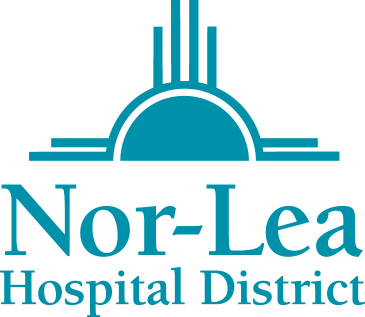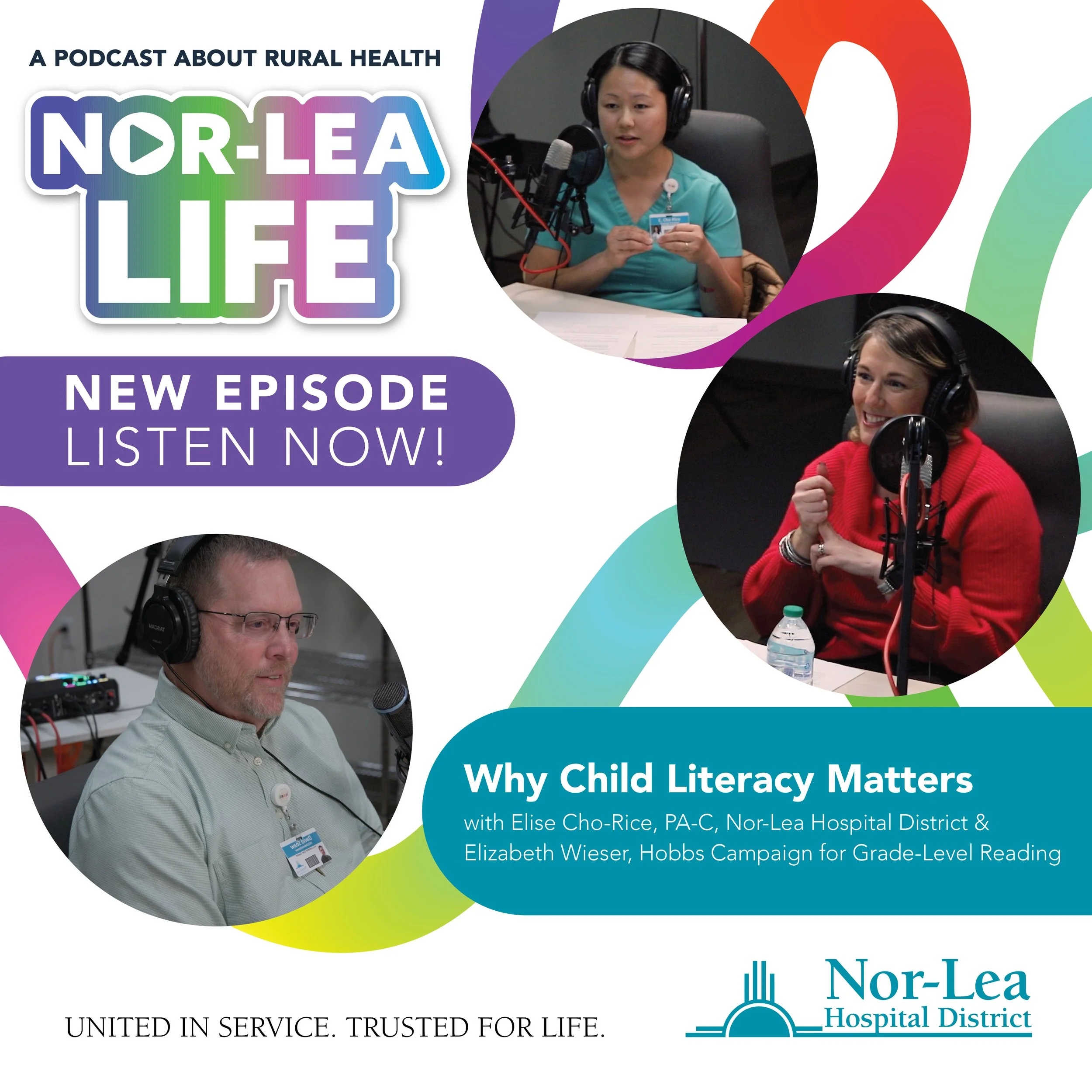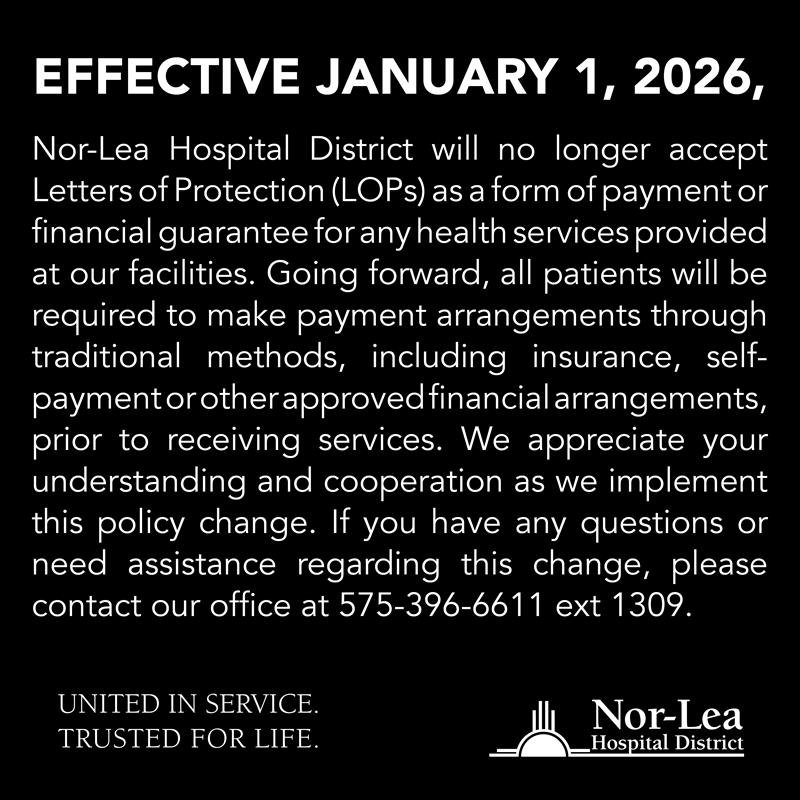Suicide Awareness and Prevention
Parent and Student Resources
Our Community has been struck hard with consequences related to continued isolation. Our youth are the ones that are suffering the most at this time, as they continue to be isolated from friends and many activities that have helped them cope. As families and the community seek information and are expressing concerns about how to help our youth, resources have been pulled together to assist. Links and a brief summary about what each website or organization can assist with will be provided below.
Warning Signs
The warning signs of suicide are indicators that a person may be in acute danger and may urgently need help.
Talking about wanting to die or to kill oneslf
Looking for a way to kill oneself
Talking about feeling hopeless or having no purpose
Talking about feeling trapped or being in unbearable pain
Talking about being a burden to others
Increasing the use of alcohol or drugs
Acting anxious, agitated or reckless
Sleeping too little or too much
Withdrawing or feeling Isolated
Showing rage or talking about seeking revenge
Displaying extreme mood swings
Risk Factors
Risk factors do not cause or predict a suicide, rather they are characteristics that make it more likely an individual will consider, attempt or die by suicide.
Mental disorders, particularly mood disorders, schizophrenia, anxiety disorders and certain personality disorders
Alcohol and other substance use disorders
Hopelessness
Impulsive and/or aggressive tendencies
History or trauma or abuse
Major physical or chronic illnesses
Previous suicide attempt
Family history of suicide
Recent job or financial loss
Recent loss of relationship
Easy access to lethal means
Local clusters of suicide
Lack of social support and sense of isolation
Stigma associated with asking for help
Lack of health care, especially mental health and substance abuse treatment
Cultural and religious beliefs, such as the belief that suicide is a noble resolution of a personal dilemma
Exposure to others who have died by suicide in real life or via the media and Internet
Protective Factors
Protective factors are characteristics that make a person less likely to engage in suicide behavior. Moreover, in protective factors can promote resilience and ensure connectedness with other during difficult times, thereby making suicidal behaviors less likely.
Effective clinical care for mental, physical and substance use disorders
Easy access to a variety of clinical interventions
Restricted access to highly lethal means of suicide
Strong connections to family and community support
Support through ongoing medical an mental health care relationships
Skills in problem solving, conflict resolution and handling problems in a non-violent way
Cultural and religious beliefs that discourage suicide and support self preservation.
This list comes from SAMSHA’s Suicide Prevention Resource Center document “Risk and Protective Factors for Suicide”
If you have determined your child or someone you know is already in crisis there is information on the following site about who to contact. They have Spanish translations as well. This a government mental health organization and most of the clinical training counselors, social workers, and others receive is authorized or approved through them. The site is often updated with the most recent update being October 2020. Here is a summary of how they can help. The link is listed at the bottom of the summary takes from their site. It is a free service
What is SAMHSA’s National Helpline?
SAMHSA’s National Helpline, (800) 622-HELP, (also knows as the Treatment Referral Routing Service) or TTY: (800) 487-4889 is a confidential, free, 24-hour-a-day, 365-day-a-year, information service, in English and Spanish, for individuals and family members facing mental and/or substance use disorders. This service provides referrals to local treatment facilities, support groups and community-based organizations. Callers can also order free publications and other information.
You can also visit find service locations by clicking here
What are the hours of operation? The Service is open 24/7, 365 days a year.
What languages are available? English and Spanish are available if you select the option to speak with a national representative.
How many calls do you receive? In the first quarter of 2018, the Helpline received an average of 68,683 calls per month. This is an increase from 2017, with an average monthly volume of 67,949 or 815,390 total calls for the year.
Do I need health insurance to receive this service? The referral service is free of charge. If you have no insurance or are underinsured, we will refer you to your state office, which is responsible for state-funded treatment programs. In addition, we can often refer you to facilities that charge on a sliding fee scale or accept Medicare or Medicaid. If you have health insurance, you are encouraged to contact your insurer for a list of participating health care providers and facilities.
Will my information be kept confidential? The service is confidential. we will not ask you for any personal information. We may ask for your zip code or other pertinent geographic information in order to track calls being routed to other offices or to accurately identify the local resources appropriate to your needs.
Do you provide counseling? No, we do not provide counseling. Trained information specialists answer calls, transfer callers to state services or other appropriate intake centers in their states and connect them with local assistance and support.
Suggested Resources
What Is Substance Abuse Treatment? A Booklet for Families Created for family members of people with alcohol abuse problems. Answers questions about substance abuse, its symptoms. different types of treatment and recovery. Address concerns of children of parents with substance use/abuse problems.
Alcohol and Drug Addiction Happens in the Best of Families Describes how alcohol and drug addiction affect the whole family. Explains how substances abuse treatment, works, how family interventions can be a first step to recovery and how to help children in families, affected by alcohol abuse and drug abuse.
It’s Not Your Fault Assures teens with parents who abuse alcohol or drugs that, “It’s not your fault!” and that they are not alone. Encourages teens to seek emotional support from other adults, school counselors and youth support groups such as Alateen, and provides a resource list.
It Feels So Bad: It Doesn’t Have To Provides information about alcohol and drug addiction to children whose parents or friends’ parents might have substance abuse problems. Advises kids to take care of themselves by communicating about the problem and joining support groups such as Alateen.
After and Attempt: A Guide for Taking Care of Your Family Member After Treatment in the Emergency Department Aids family members in coping with the aftermath of a relative’s suicide attempt. Describes the emergency department treatment process, lists questions to ask about follow-up treatment and describes how to reduce risk and ensure safety at home.
Family Therapy Can Help: For People in Recovery from Mental Illness or Addiction Explores the role of family therapy in recovery from mental illness for substance abuse. Explains how family therapy sessions are run and who conducts them, describes a typical session and provides information on its effectiveness in recovery.
https://www.samhsa.gov/find-help/national-helpline Another site that can be utilized is Suicide Prevention. This number has been around for decades. They offer a website. There is a phone number that will also be listed. They have Spanish and English translations. They can guide you after hours to services in the community and help with a plan. It is a free service.
https://988lifeline.org/ When working with the students of our district, they have been encouraged to download this application on their phone. It offers help if they are struggling or even have a friend who is struggling. The project was launched after tragedy struck another town with a similar issue. Click here to download the app.
https://positivepsychology.com/coping-skills-worksheets/ So far, there are sites for sign and how to connect via computer or phone with people ready to assist with a crisis. Last, what coping skills can we direct our youth to and how can we help. Here are some basics of what you will find on this website:
This article contains:
60+ Essential Positive Coping Skills
6 Coping Skills Worksheets for Adults
Printable Coping Skills Worksheets for Youth
Coping Skills Worksheets for Mental Illness
Substance Abuse, Recovery and Relapse Prevention Worksheets
A Take Home Message
References
Schedules are Helpful
After visiting with providers in the community common causes for concern are the continued isolation and academic performance due to changes with our normal education system. Suggestions I offer those I counsel are to sit with your children when that are completing school work. Even if you are not helping, but sitting with them gives them some comfort. It doesn’t matter if you are working on finances or something unrelated. These youth are used to being in a classroom. That little bit of support is helpful for most I see. Second, if they are struggling, please encourage them or help them reach out to our schools. They are just as frustrated and concerned but are unable to help if they are no being contacted. Another option that has been offered is a schedule for students to follow. The developing brain of our children not meant to work for 6-8 hours a day without break on homework. Please, ensure they are getting adequate breaks for lunch and in-between classes. Small steps can add up to big moves.
Here is an effective sample schedule:
8:00 AM - Wake Up 9:00 AM - Eat Breakfast 10:00 AM - Start Homework 1.5 Hours 11:30 AM - 30 Minute Break 12:00 PM - 1.5 Hours of Class 1:30 PM - Break for Lunch 1.5 Hours 3:00 PM - 1.5 Hours for a Class 4:30 PM - 30 Minute Break 5:00 PM - 1.5 Hours for Another Class
Rotate classes as needed.
Youth have reported they feel better having something to follow. This can be adapted to their zoom meetings and also to classes they need to focus on. The brain needs some rest in-between.
Local Help
Here are a few community providers that would like to help. We are here and prepared to assist you with concerns or needs. If you have used the information provided you are equipped. Remember, together we are stronger.
Eagles Student Health Center Amy South-Barnes, LPCC/LADAC Faith Roberts, LAMFT Adilene Nuñez, LMSW Phone: (575) 433-3030
Lovington Student Health Center Angelica Snyder, LCSW Sarah Rodriguez, LMSW Adrian Velasquez, LMSW Phone: (575) 739-0062
Guidance Center of Lea County Hobbs, NM Phone: (575) 396-3168
Building Bridges Counseling Services Hobbs, NM Phone: (575) 605-7074





